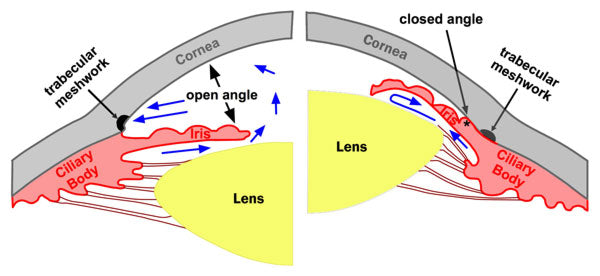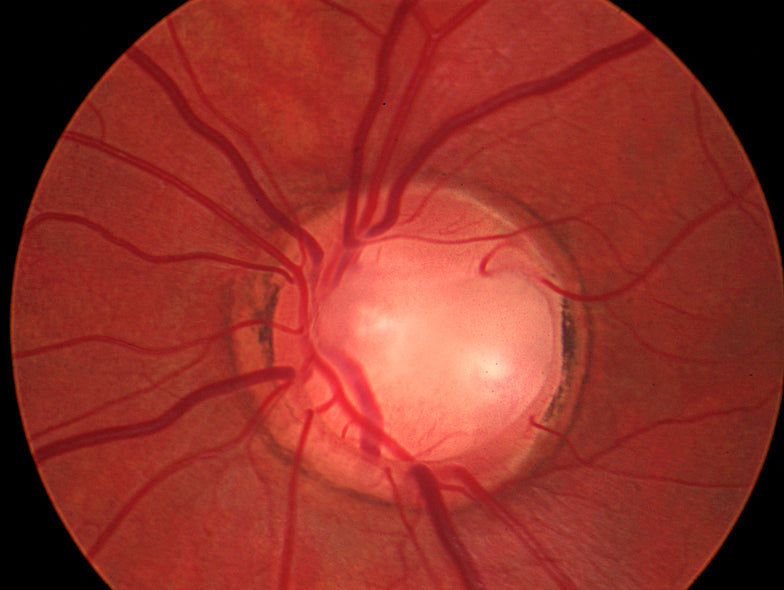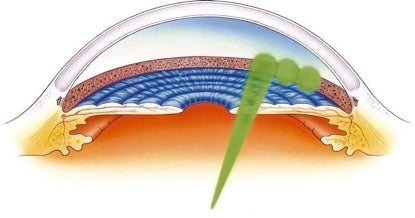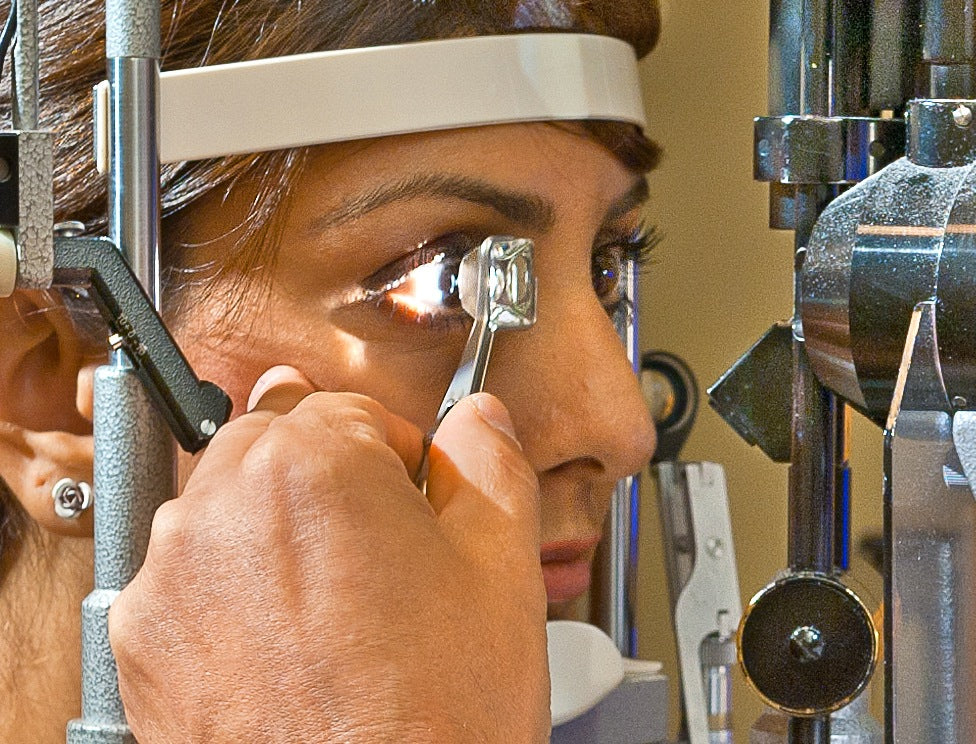Although Glaucoma is only a single word, it actually means many different diagnoses.
When patients hear the word "glaucoma," they think it means the same thing as high pressure inside the eyeball. But doctors know that glaucoma is actually many different types of disease and may not have anything to do with high pressures.
Glaucoma is a disease of the optic nerve in the back of the eye, that is sometimes, but not always, associated with elevated eye pressures.
Different types of glaucoma
Glaucoma is broadly divided into two different types, open angle and narrow (also known as closed) angle glaucoma. In open angle glaucoma, the fluid is able to access the internal drain of the eye, which is called be trabecular meshwork. But in open angle glaucoma, the trabecular meshwork does not empty fluid at a good rate, thus raising pressure inside the eye. In contrast, narrow angle glaucoma represents a problem in which the fluid cannot even access the trabecular meshwork, which also raises pressure.

Treatment for open and narrow angle glaucoma is very different. In open angle glaucoma, the goal is to simply lower pressure or improve function of the trabecular meshwork. So eyedrops and SLT cool laser are the first treatments of choice. But in narrow angle glaucoma, the goal is to widen the space between the colored iris and the clear cornea in the front of the eye, a space that is known as the anterior chamber angle, before any other treatments are pursued.
For an eye doctor to determine whether a patient to has open or narrow angle glaucoma, he or she must perform an examination of the anterior chamber angle. This can be done with a gonioscopic mirror or with electronic imaging machines. In the absence of having the angle examined, it is not unusual for a patient to be treated improperly for open angle glaucoma for many years, when the underlying diagnosis is actually narrow angle glaucoma.
Dr. Krawitz is a member of the prestigious American Glaucoma Society.















